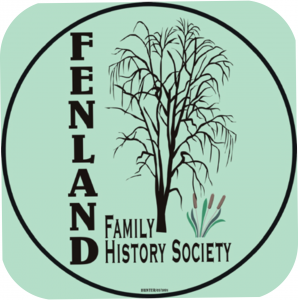As Alan noted, most people have Royal blood – the issue is how far back you have to go to find it!
Sons inherit, but daughters marry. The royal blood being ‘diluted’ by nobility, then gentry, then yeomen, then landowners, down to farmers.
His interest had come from a link to Susanna Drury of Cowbit (1815-1895). Luckily, although initially listed in the parish register as Mary Ann, a subsequent correction had noted it should have been Susanna.
The line comes through via Katherine Swynford and John of Gaunt, who was the third surviving son of Edward III.
When you have such a lineage you can’t help but wonder what they experienced through their lives. With this line not only encompassing the Wars of the Roses, but also the issues surrounding the reign of Henry VIII.
Edward Neville had initially been very close to Henry, but in supporting Catherine of Aragon he was eventually tried for treason and executed in 1538. His daughter Katherine married into the Throckmorton family. This was a good marriage, but probably lower than expected when a favourite of the king.
It is events like this that change the course of history within families. Within 10 generations it has gone from a Royal Duke to a Lincolnshire Farm Bailiff’s wife.
However, even if the royalty connections seem generations away and alien to us, we can identify with how our recent generations witnesses historical events when we realise that Susanna was alive at the time of the Battle of Waterloo, and she had held a grandson in her arms who witnessed men walk on the moon.
Alan advised us to note what ancestors took part in and experienced, or witnessed. When you compile family tree records, a gateway to history is to add this colour to make it more interesting rather than just BMDs. This may interest others in the family who do not necessarily have an interest in genealogy to recognise how their family have been a part of history.
